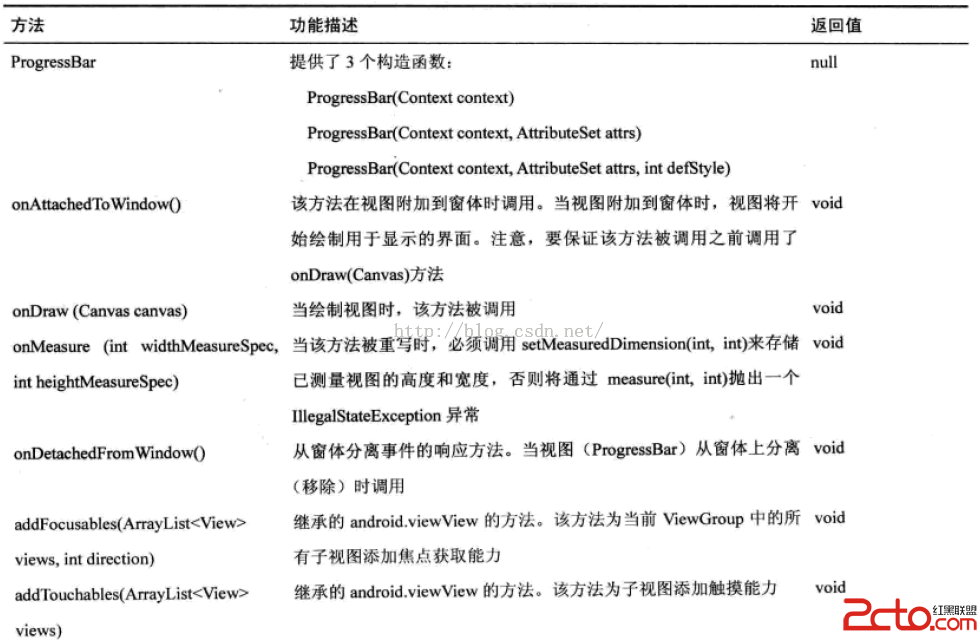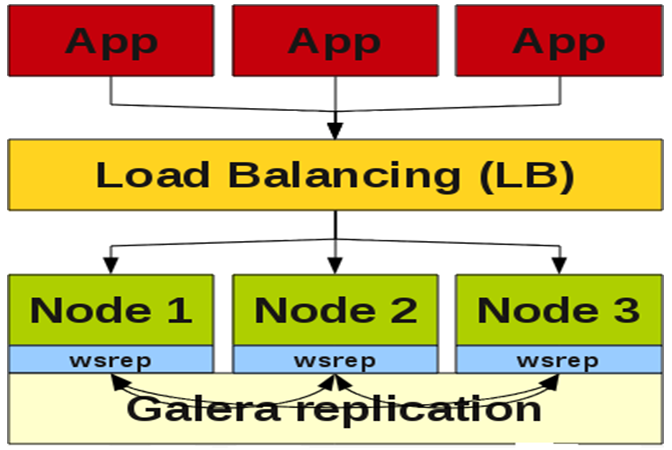編輯:關於android開發
Handler的主要用途有兩個:(1)、在將來的某個時刻執行消息或一個runnable,(2)把消息發送到消息隊列。
主要依靠post(Runnable)、postAtTime(Runnable, long)、postDelayed(Runnable, long)、sendEmptyMessage(int)、sendMessage(Message)、sendMessageAtTime(Message)、sendMessageDelayed(Message, long)這些方法來來完成消息調度。post方法是當到Runable對象到達就被插入到消息隊列;sendMessage方法允許你把一個包含有信息的Message插入隊列,而且它會Handler的handlerMessage(Message)方法中執行(該方法要求在Handler的子類中實現)。
/** 默認的構造方法,handler是和當前線程的隊列關聯在一起,如果隊列不存在,那麼handler就不能接受消息。
* Default constructor associates this handler with the {@link Looper} for the
* current thread.
* 如果線程沒有looper,就會拋出異常
* If this thread does not have a looper, this handler won't be able to receive messages
* so an exception is thrown.
*/
public Handler() {
this(null, false);
}
//傳入一個callback接口用於處理handler傳遞的Message。
public Handler(Callback callback) {
this(callback, false);
}
//給變量賦值
public Handler(Callback callback, boolean async) {
if (FIND_POTENTIAL_LEAKS) {
final Class<? extends Handler> klass = getClass();
if ((klass.isAnonymousClass() || klass.isMemberClass() || klass.isLocalClass()) &&
(klass.getModifiers() & Modifier.STATIC) == 0) {
Log.w(TAG, "The following Handler class should be static or leaks might occur: " +
klass.getCanonicalName());
}
}
mLooper = Looper.myLooper();
if (mLooper == null) {
throw new RuntimeException(
"Can't create handler inside thread that has not called Looper.prepare()");
}
mQueue = mLooper.mQueue;
mCallback = callback;
mAsynchronous = async;
}
public Handler(Looper looper, Callback callback, boolean async) {
mLooper = looper;
mQueue = looper.mQueue;
mCallback = callback;
mAsynchronous = async;
}
方法都差不多,主要是完成了賦值的過程,還有幾個沒粘貼,但是都差不多。。。
/*
設置這個標記為true來檢測不是靜態的匿名,本地或成員類繼承Handler類。這些類型的類可以帶來潛在的洩漏。在Handler的構造方法裡面使用到了這個參數,目的就如上所述。
*/
private static final boolean FIND_POTENTIAL_LEAKS = false;
final MessageQueue mQueue;
final Looper mLooper;
final Callback mCallback; //回調接口
final boolean mAsynchronous;
IMessenger mMessenger;
接著下面就是Callback接口:
/**
* Callback interface you can use when instantiating(實例化) a Handler to avoid
* having to implement(實現) your own subclass of Handler.
* @param msg A {@link android.os.Message Message} object
* @return True if no further handling is desired
*/
public interface Callback {
public boolean handleMessage(Message msg);
}
callback接口你可以在實例化的時候用,避免去實現你自己的handler子類
這個Callback接口裡只有一個handleMessage方法返回boolean值,在後面Handler的ctor會用到,一般情況下都是null。這個接口的存在
沒什麼特殊的含義,只是為了讓你不extends Handler就能處理消息而已(正如此方法的doc所說),類似Thread和Runnable接口的關系。
/**
* Subclasses must implement this to receive messages.
*/
public void handleMessage(Message msg) {
}
子類需要實現這個方法,因為這是個空方法。
/**
* Handle system messages here.
*/
public void dispatchMessage(Message msg) {
if (msg.callback != null) {
handleCallback(msg);
} else {
if (mCallback != null) {
if (mCallback.handleMessage(msg)) {
return;
}
}
handleMessage(msg);
}
}
private static void handleCallback(Message message) {
message.callback.run();
}
它的處理是如果message自身設置了callback,則
直接調用callback.run()方法,否則Callback接口的作用就顯現了;如果我們傳遞了Callback接口的實現,即mCallback非空,則調用它處理
message,如果處理了,返回true,則直接返回,否則接著調用Handler自己的handleMessage方法,其默認實現是do nothing,如果你
是extends Handler,那麼你應該在你的子類中為handleMessage提供自己的實現。
public final Message obtainMessage()
{
return Message.obtain(this);
}
public final Message obtainMessage(int what)
{
return Message.obtain(this, what);
}
public final Message obtainMessage(int what, int arg1, int arg2, Object obj)
{
return Message.obtain(this, what, arg1, arg2, obj);
}
從上面可以看出來還是調用的Message的obtain方法,來構造message。
/**
* Causes the Runnable r to be added to the message queue.
* The runnable will be run on the thread to which this handler is
* attached.
*
* @param r The Runnable that will be executed.
*
* @return Returns true if the Runnable was successfully placed in to the
* message queue. Returns false on failure, usually because the
* looper processing the message queue is exiting.
*/
public final boolean post(Runnable r)
{
return sendMessageDelayed(getPostMessage(r), 0);
}
public final boolean postAtTime(Runnable r, long uptimeMillis)
{
return sendMessageAtTime(getPostMessage(r), uptimeMillis);
}
public final boolean postAtTime(Runnable r, Object token, long uptimeMillis)
{
return sendMessageAtTime(getPostMessage(r, token), uptimeMillis);
}
public final boolean postDelayed(Runnable r, long delayMillis)
{
return sendMessageDelayed(getPostMessage(r), delayMillis);
}
public final boolean postAtFrontOfQueue(Runnable r)
{
return sendMessageAtFrontOfQueue(getPostMessage(r));
}
上面方法的作用就是:把Runnable發送到消息隊列,執行的時候實行Runnable的run方法。。
下面看一系列sendXXX方法,和上邊對應的。。。
//把消息入隊
public final boolean sendMessageDelayed(Message msg, long delayMillis)
{
if (delayMillis < 0) {
delayMillis = 0;
}
return sendMessageAtTime(msg, SystemClock.uptimeMillis() + delayMillis);
}
public boolean sendMessageAtTime(Message msg, long uptimeMillis) {
MessageQueue queue = mQueue;
if (queue == null) {
RuntimeException e = new RuntimeException(
this + " sendMessageAtTime() called with no mQueue");
Log.w("Looper", e.getMessage(), e);
return false;
}
return enqueueMessage(queue, msg, uptimeMillis);
}
public final boolean sendEmptyMessage(int what)
{
return sendEmptyMessageDelayed(what, 0);
上面所有的postXXX,sendXXX方法最後都會調用這個方法:enqueueMessage
private boolean enqueueMessage(MessageQueue queue, Message msg, long uptimeMillis) {
msg.target = this;
if (mAsynchronous) {
msg.setAsynchronous(true);
}
return queue.enqueueMessage(msg, uptimeMillis);
}
最後調用queue的enqueueMessage方法把msg入隊,對這個方法不了解的,可以看前邊的MessageQueue源碼解析。
SystemClock.uptimeMillis(),就是表示系統開機到當前的時間總數,如果有延遲,就加上延遲時間,分析到現在,我們也能發現,postDelayed不是延遲多少秒發送消息,這個消息是直接發送給隊列的,不過在MessaegQueue中,消息按時間排放的,不到時間不會把它取出來,所以應該說延遲多少秒取出消息更合適。。
至於上邊的getPostMessage(r)就是把r設置給callback。
private static Message getPostMessage(Runnable r) {
Message m = Message.obtain();
m.callback = r;
return m;
}
調用MQ的removeMessages方法。就是移出messageQueue中所有滿足條件的message,當然前提是消息還沒取走。
/**
* Remove any pending posts of Runnable r that are in the message queue.
*/
public final void removeCallbacks(Runnable r)
{
mQueue.removeMessages(this, r, null);
}
/**
* Remove any pending posts of Runnable <var>r</var> with Object
* <var>token</var> that are in the message queue. If <var>token</var> is null,
* all callbacks will be removed.
*/
public final void removeCallbacks(Runnable r, Object token)
{
mQueue.removeMessages(this, r, token);
}
分析結束,鼓勵自己下。。哈哈哈。。。。
前三篇傳送門: Looper源碼解析: http://www.cnblogs.com/jycboy/p/5787443.html
MessageQueue源碼解析: http://www.cnblogs.com/jycboy/p/5786682.html
Message源碼解析:http://www.cnblogs.com/jycboy/p/5786551.html
 閱讀《Android 從入門到精通》(17)——進度條
閱讀《Android 從入門到精通》(17)——進度條
閱讀《Android 從入門到精通》(17)——進度條 進度條(ProgressBar) java.lang.Object; android.view.View; and
 Android簽名機制之---簽名驗證過程詳解
Android簽名機制之---簽名驗證過程詳解
Android簽名機制之---簽名驗證過程詳解 一、前言 今天是元旦,也是Single Dog的嚎叫之日,只能寫博客來祛除寂寞了,今天我們繼續來看一下Android中的簽
 OLTP應用之MySQL架構選型
OLTP應用之MySQL架構選型
OLTP應用之MySQL架構選型在我們下定決心將企業核心應用從企業級數據庫遷移到開源數據庫產品、使用本地磁盤代替共享存儲之前。我覺得我們必須要面對並回答以下幾個問題之後才
 Android 6.0 Changes
Android 6.0 Changes
Android 6.0 Changes Android 6.0 變化 Android 6.0 Changes In this
 利用bintray-release插件上傳到Bintray- HTTP/1.1 404 Not Found [message:Repo 'maven' was not found]問題解決,bintrayrelease
利用bintray-release插件上傳到Bintray- HTTP/1.1 404 Not Found [message:Repo 'maven' was not found]問題解決,bintrayrelease
利用bintray-release插件上傳到Bintray- HTTP/